The challenges of sustainability and wellbeing in the context of rapid urbanisation: the situation in Beijing
This is the first in a series of three blogs by the research team of the Eco-Urbanisation: Promoting Sustainable Development in Metropolitan Regions in China, outlining the challenges facing Beijing and potential ways forward.
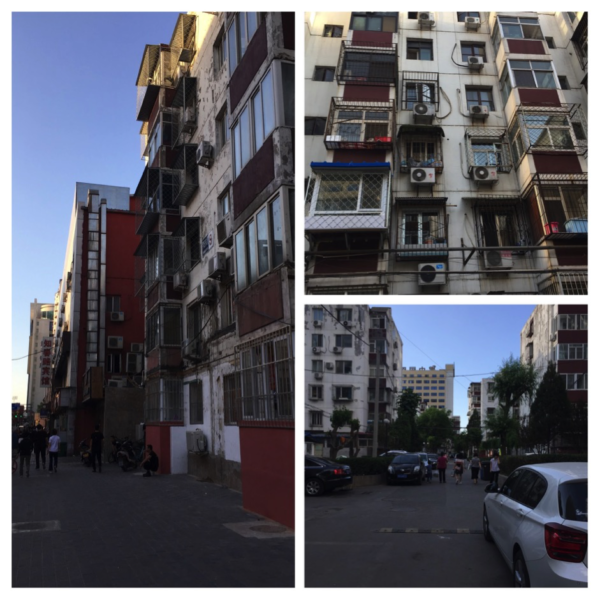
Nowadays, more than half of the world’s population are living in urban areas. Rapid urbanisation, especially in developing countries, has been changing people’s living environment dramatically. Moreover, urbanisation is seen as not only an inevitable trend, but also an opportunity to create a brighter future for humanity. In UN-Habitat’s New Urban Agenda, the key objective is to produce cities that are just, safe, healthy, accessible, affordable, resilient and sustainable for all of their residents. In China, too, the recent National New Urbanisation Plan also sets out to promote urbanisation as the key driver for prosperity, sustainability and quality of life.
However, urbanisation has always been a contested concept. The impacts of urbanisation on environmental sustainability and people’s wellbeing tend to be a mix of both positive and negative effects. To develop a deeper understanding on this topic, the ESRC-NFSC funded ‘eco-urbanisation’ project takes a closer look at the interplay of urbanisation, sustainability and wellbeing, especially at the community level. In May 2017, our research team carried out three weeks of fieldwork to assess the general living environment of 22 communities in Beijing. Based on the assessment results, we have identified several challenges for sustainability and wellbeing in the whirlpool of rapid urbanisation.
Degradation and decay
In Beijing, there are many inner-city residential communities built in the 1980s and 1990s. They are featured with low- and mid-rise apartment buildings with moderate community amenities. Given the constraints of capital and technology, these apartment buildings were not built to a high quality standard. Although these buildings are only 20 to 30 years old, it appears that they are degraded significantly (See figure 1). At the same time, the utility facilities in these communities are also outdated. For example, many of these communities have not been connected to natural gas pipelines, modern electricity or high speed internet. Many families still cook by burning coal or using a gas tank.
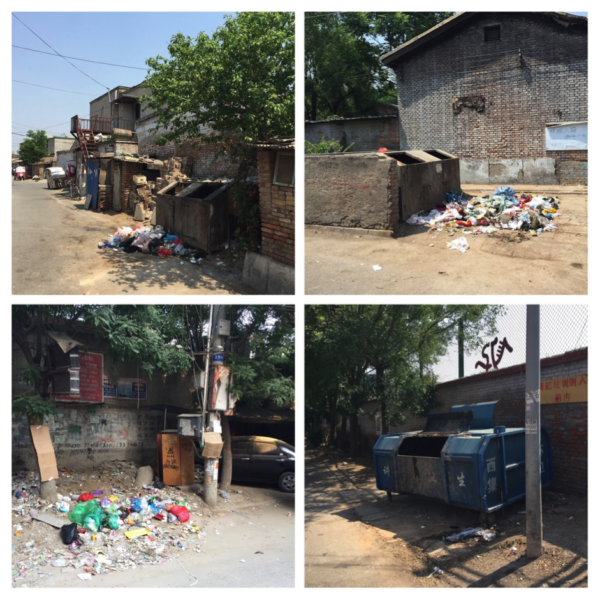
When newly built, these apartments were owned by socialist work-units (e.g. government agencies, state-owned enterprises, universities and hospitals) and allocated to their workers as social welfare. During the housing privatisation reform in late 1990s, most of these apartments were sold to these workers at discounted prices. Because of the degradation and decay, those original residents who could afford a newer and better quality apartment gradually moved out. The current residents tend to be a mix of migrants, old people and laid-off workers who cannot afford to relocate elsewhere. Apparently, the current residents are unable to invest in housing improvements. As a result, these old inner-city communities are at risk of falling into poverty and deprivation.
Health and safety risks
One common health and safety risk identified is the improper treatment and unmanaged dumping of waste. These problems tend to be more severe in rural villages that are near to urban areas. Because municipal waste treatment service only caters to urban areas, rural villages have to deal this problem on their own. Many rural communities still adopt a quite rudimentary solution – a designated dumpsite and a contracted waste management company taking away the waste on schedule. Therefore, between the collection dates, household garbage is often left exposed to the open air, creating bad smells and health hazards (see figure 2).
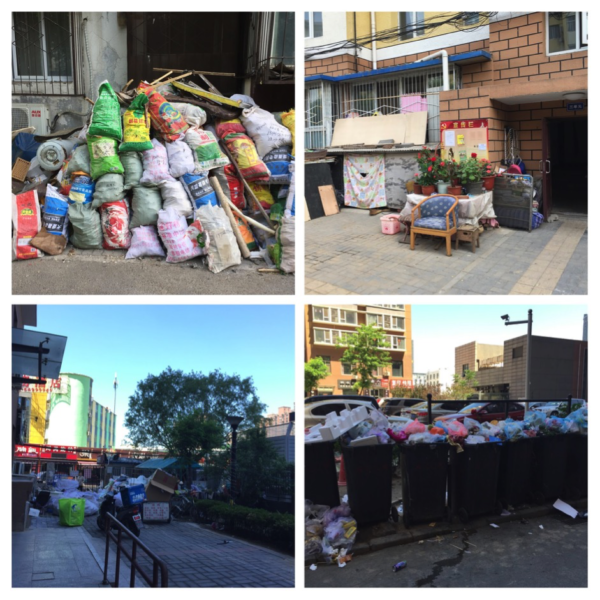
In old urban communities, waste and unmanaged dumping can also pose health and safety risks for residents, especially fire safety. For example, the building wastes or temporary structure stacking at the front of the building are highly flammable. The overflow of waste from bins can also block fire engine access (see figure 3).
High car ownership
Among China’s major cities, Beijing has one of the densest public transport networks for both bus and metro. At the same time, since the municipal government has been investing heavily in public transport, Beijing also has the cheapest fare for bus (10p to 20p per trip) and metro (30p to 80p per trip) travel. However, there are still many communities not covered by the public transport system. During the fieldtrip, we found that communities at the outskirts of Beijing usually have no access to metro station and are only connected by a single bus line. Therefore, private vehicles have become the essential transport mode for these communities. In every community we visited, the public areas were always packed with cars (see figure 4). The rapid expansion of urban areas and falling price of motor vehicles have together contributed to high levels of car ownership.
Chaotic rural “housing market”
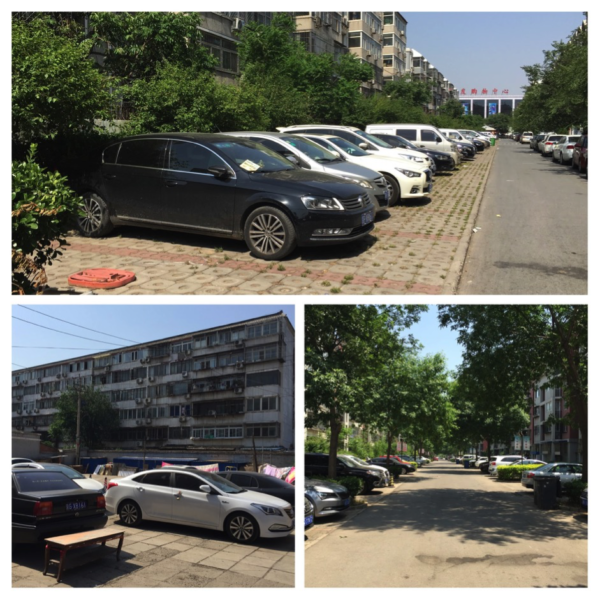
Rapid urbanisation has made many rural villages surrounded by urban development. Because the land ownership in China features an urban-rural dual system, rural villages still own their land collectively. Unless their land is legally appropriated by the city government, they still exist as rural communities. However, most of these villages no longer rely on agricultural production: renting has become the largest economic sector in the village as migrants flood in to take advantage of the cheap living cost. In the villages we visited, rental advertisements were everywhere and some villages had even build apartment blocks for rent.
Nonetheless, according to current land law, all of these renting practices are illegal. For the last 20 years, the city government has not substantially intervened in this informal “housing market” for a variety of reasons. However, as of this year the laissez-faire attitude of city authorities has begun to reverse this year as the central government is seeking to implement an unprecedentedly strict control on Beijing’s population size. The target of this new approach, low skilled rural migrants who usually seek cheap housing in rural villages, are to be fenced off Beijing’s territory. Consequently, Beijing officials have already taken steps to clamp down on the rural housing market by forcefully demolishing illegal floor-space extensions and shutting down rental apartment blocks (figure 5). This has led to many conflicts with local villagers, who have seen their main sources of income suddenly cut-off. The battle between rural renting activities and government regulation is in a state of constant tension.
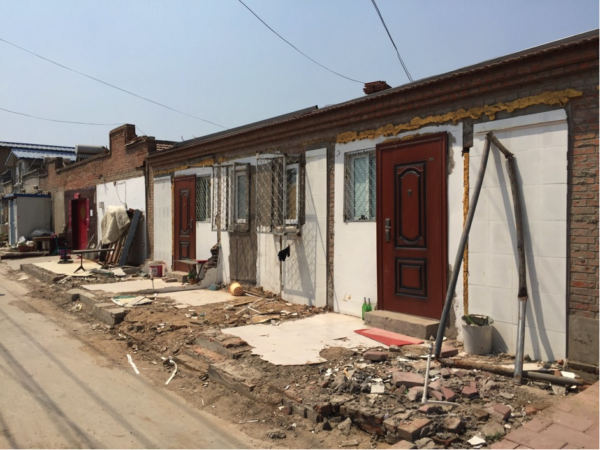
In conclusion, the efforts to promote “eco-urbanisation” in large metropolitan areas like Beijing will encounter many challenges for environmental sustainability and people’s welling. There is a pressing need to develop a realistic understanding of how to reconcile multiple interests and agree on an acceptable compromise. This is one of the central concerns of our research project – how the housing demands of China’s rapidly growing metropolitan regions, spanning both urban and rural areas, can met in an environmentally sustainable fashion while ensuring the social wellbeing of residents themselves.
Miao Qiao is a Research Associate on the ESRC funded project, Eco-Urbanisation: Promoting Sustainable Development in Metropolitan Regions of China. All photos are the author’s.